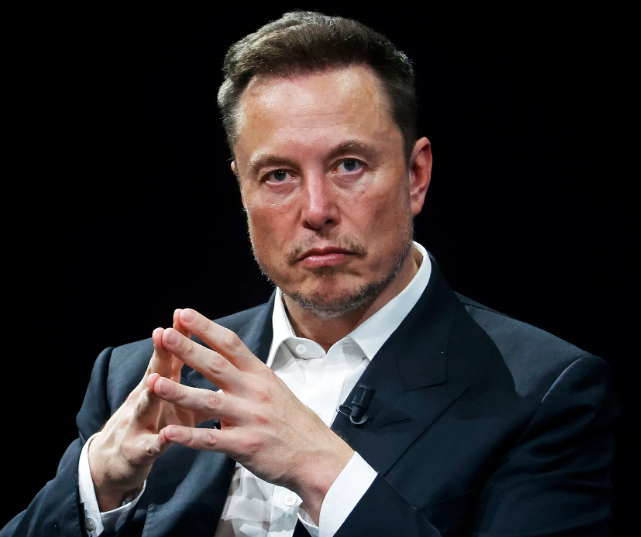Summary
Starting a business with $100, Elon Musk would likely:
- Identify a significant, solvable problem.
- Utilize technology and open-source resources to develop a minimum viable product (MVP).
- Adopt lean startup principles for rapid iteration based on customer feedback.
- Use social media for marketing and community building.
- Network to seek advice, mentorship, and potential partnerships.
- Reinvest any initial earnings to bootstrap the venture.
- Seek additional funding to scale once the idea shows promise.
This approach combines Musk’s principles of innovation, risk-taking, and resourcefulness, emphasizing the importance of leveraging technology, engaging with potential customers early, and using social media to build a community around the business.
Expanded Analysis
Introduction
Elon Musk, the entrepreneur behind revolutionary companies like SpaceX, Tesla, and Neuralink, has a distinctive approach to business that focuses on solving humanity’s most pressing problems through innovation and risk-taking. Starting a business with only $100 would be a challenge even for someone of Musk’s caliber, but his career provides valuable insights into how he might approach this challenge. This analysis explores the steps Musk would likely take, based on his known strategies and entrepreneurial principles.
Problem Identification
Musk’s ventures often begin with identifying grand challenges that impact humanity on a global scale. With a modest budget of $100, the focus would be on a smaller, yet still meaningful problem that he is passionate about. This could be anything from improving a community service to offering an innovative online tool that addresses a specific need. The key is to find a niche that is underserved or a problem that is overlooked, which can often be discovered through personal experiences or observations.
Leveraging Technology and Resources
With a background in technology and a belief in its power to change the world, Musk would likely turn to digital solutions that can be developed and deployed with minimal upfront costs. Open-source software and platforms can provide the foundation for building a product or service. The $100 could be used for domain registration, web hosting, or purchasing essential tools or services that can’t be obtained for free. The goal would be to create a MVP to bring the idea to life quickly and affordably.
Lean Startup Approach
Musk is known for his agility and willingness to pivot based on new information. Following the lean startup methodology, he would focus on creating a basic version of the product or service to start the learning process as quickly as possible. This involves testing assumptions, gathering user feedback, and iterating the product. Platforms like SurveyMonkey, Google Forms, or social media can be used to collect feedback without exceeding the $100 budget.
Social Media Marketing
Musk’s adept use of social media to build brand loyalty and engage with customers is well documented. With $100, creating a strong online presence would be essential. Social media platforms offer free access to vast audiences, making them ideal for marketing, customer engagement, and feedback collection. Musk would leverage these platforms to create buzz around the new venture, using creative content and direct engagement to build a community of early adopters.
Networking and Collaboration
Recognizing the value of networking, Musk would likely use part of the budget to connect with potential mentors, partners, or customers. This could involve attending virtual events or meetups related to the business idea. Networking can open doors to resources, advice, and collaborations that can be pivotal for a startup’s success, especially when financial resources are limited.
Bootstrapping and Reinvestment
In the early stages, Musk would focus on reinvesting any revenue back into the business to fuel growth. This bootstrap approach ensures that the venture remains sustainable and can gradually scale without significant external funding. It requires a disciplined focus on cost management and revenue reinvestment to gradually expand the business’s capabilities and reach.
Seeking Additional Funding
Once the business shows potential for growth and profitability, Musk would explore options for additional funding to scale operations. This could involve pitching to angel investors, participating in startup accelerators, or launching a crowdfunding campaign. The initial $100 investment and the traction gained from bootstrapping efforts would serve as a foundation for attracting external investment.
Conclusion
Starting a business with just $100 would require a strategic approach that maximizes the use of available resources while focusing on innovation and market validation. Elon Musk’s hypothetical approach to this challenge underscores the importance of problem identification, leveraging technology, adopting lean methodologies, and utilizing social media for growth. Through careful planning, relentless focus on product-market fit, and effective use of limited resources, it’s possible to lay the groundwork for a successful business, even with minimal initial investment.
